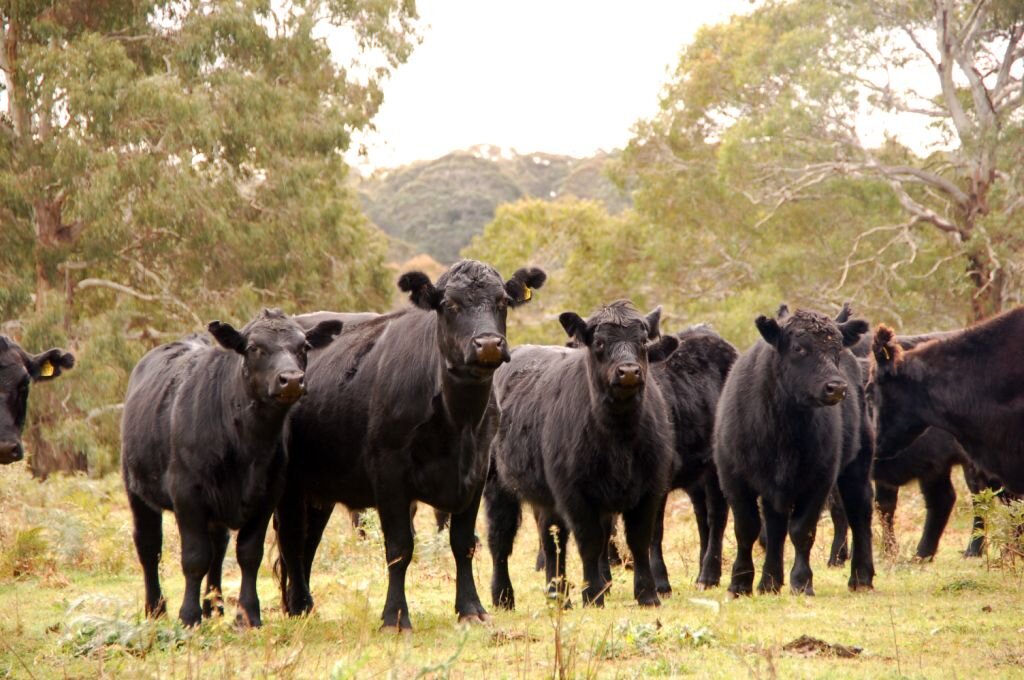Its vey common to hear how much risk there is in agriculture. I know I hear the phrase “farming is a risky business” fairly frequently. To some degree that’s true. There are risks with the weather and the markets. There are risks associated with production from diseases and pests. There are the risks working with machinery, animals and working in isolation.
However choosing to focus on the negative side of risk is also a risk. Choosing not to do something, simply as a reaction to a perceived level of risk might actually be the wrong thing to do for your business or for yourself.
Lets face it; risk is part of life! There are risks with everything we do. The way we manage those risks depends on our experiences, our knowledge of similar or past events. It includes an appreciation of the situation and a decision to way up the possible outcomes of that response. So risk management is something we all do!
In day-to-day life making risk management decisions needs to happen in our head, and often quite quickly! However for a business, making risk management decisions on the fly, often leads to missed opportunities or costly mistakes that time and money to correct.
So how do you look at risk? How can you plan for risks and develop a business structure that is robust enough to respond to risk and capitalize on opportunities that often come along?
One of the tools I find most useful comes from the work health and safety industry. Called a risk score calculator, its basically a way to plot the level of risk to an activity or an event.
The tool plots the Likelihood of something occurring.
There are five levels, from Almost Certain to Rare.
The way I use these levels is to look at the data I’ve collected on the business. Has it happened before, is it happening often, does it happen all the time? In my mind, that’s the whole point of collecting data!
The second step is to decide what are the consequences of an event happening? Is it Catastrophic – which if you prefer is an easy way to say if this occurs will someone die, or will huge losses occur? And then through Moderate to insignificant consequences.
When you determine that level it’s fairly straightforward to decide if the risk you are considering is extreme, high, medium or low.
Effectively using this tool helps you prioritize your actions and future plans. Extreme risks are the ones you need to fix straight away.
Quite simply you need to consider what can you change to lower that risk? Is it a change to the way you operate? Is it a physical change to infrastructure? Does it require you to invest in skills and training?
Setting priorities is a huge part of risk management. You can’t do everything at once! And while there are always jobs to do, some of them are probably less important and can wait a while.
I reckon the real value of using this tool comes from actually sitting down and having a rational and objective assessment of the situation. As I said previously, your data will help you decide if the situation is likely to occur or not. The consequences of the event help set its place on your list of priorities.
I’ve recently been working with a producer using this tool to evaluate the impact of weather extremes. Their farm data shows clearly rainfall is coming in more intense events and the periods between rainfall is growing.
The pasture data shows changes in growing days as well. That data shows that it is likely they can no longer rely on certain species of temperate pastures to finish cattle for their traditional market.
The consequence of that is major impact on the business. The risk to that business is rated as High. So we have been working to develop pastures that suit the changes recorded, with more sub tropical species introduced into the mix. We have also started focusing on alternative markets so that cattle hit the specifications.
These are all big business changes. But we are making them to respond to a clearly determined level of risk. More importantly with my clients, we have a set of priorities to focus on. In sitting down to discuss the ways to respond, we were able to look at opportunities and new directions before choosing the best option for this business.
It also highlights the importance of collecting good data. I like using data to drive innovation on farm. Responding to and lowering risk needs some innovative ideas! If your data can’t help with those decisions, then you really do need to rethink how you are operating.
Over the next month I’m visiting several new clients to look at their programs and offer some advice. One of my first questions will be how do you manage risk? You can be sure we will go through this exercise and work up a few priorities!
Don’t forget if you want a hand to help set your priority list in order or to look over the data you need, I’m always happy to come and ask the questions and get you going!






















